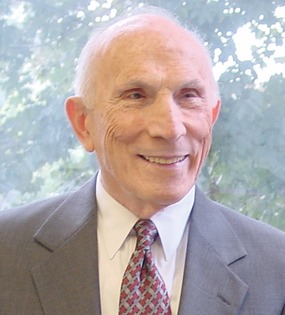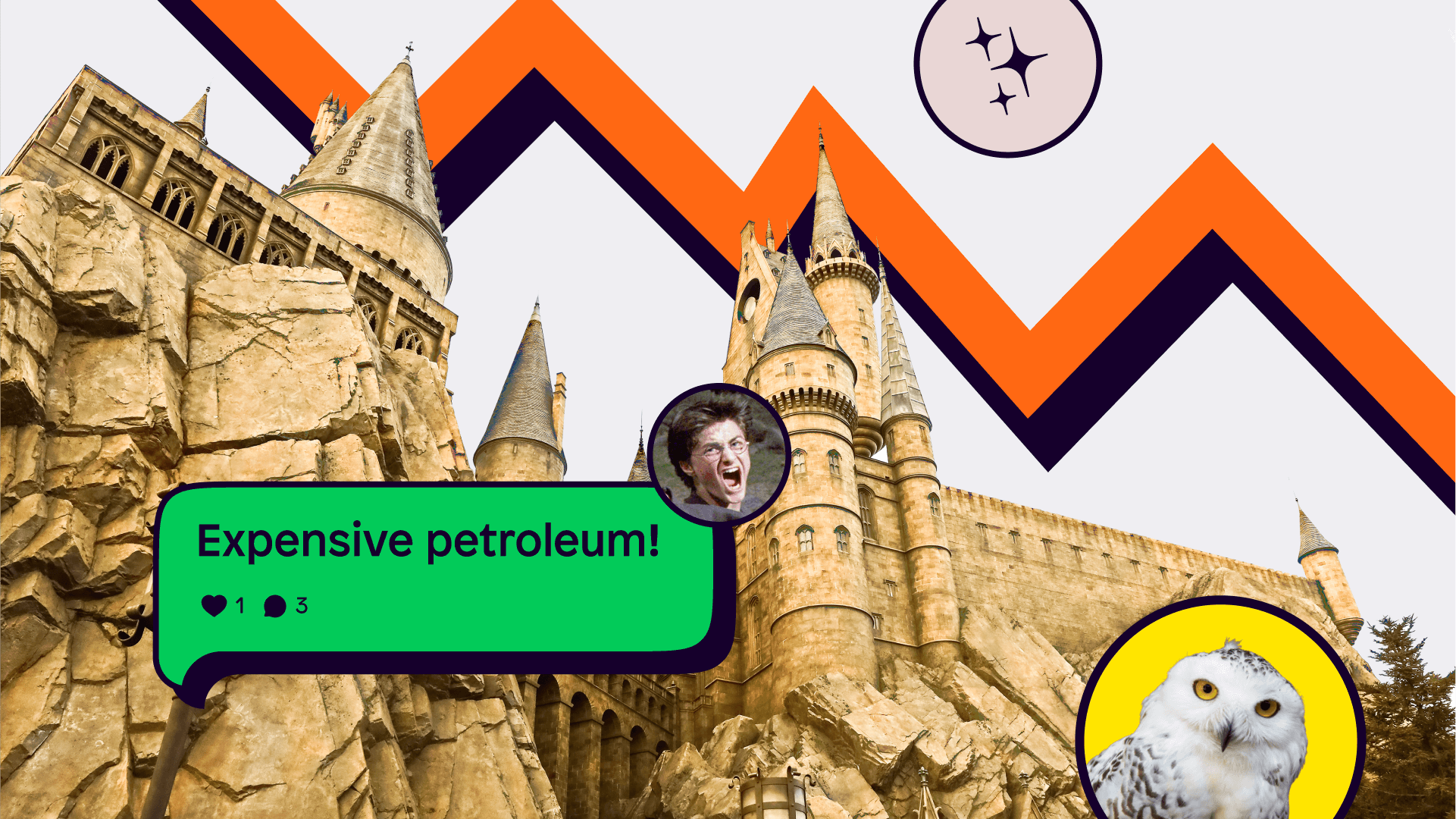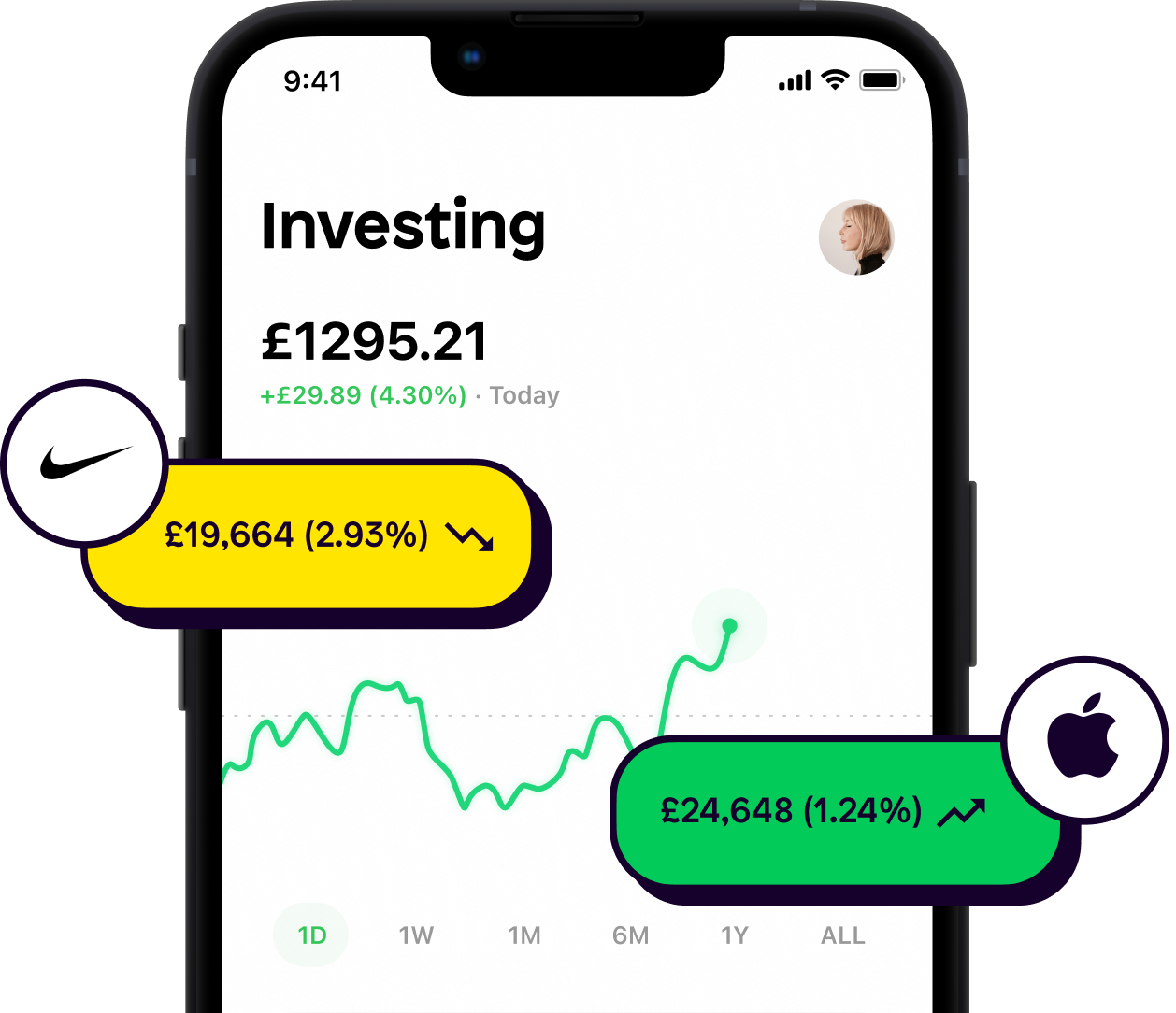That's certainly the Christmas jingle I’ll be singing this year.
But, is there some light at the end of the tunnel? It's impossible to say for sure, but the Santa Claus rally is an interesting phenomenon within the investing world.
Keen to hear more? Sleigh no more!
What is the Santa Claus rally?
The Santa Claus rally refers to the stock market gaining value during the end of December and at the start of New Year's.
Yale Hirsch, author of the Stock Trader's Almanac, is the man who spotted the trend back in 1972 when he found the S&P 500 increased by 1.5% on average during the years 1950 to 1971. From 1972 to 2021, the trend has continued to occur over 75% of the time.
Now, before you start whipping out your calculator and crunching the numbers on what you're set to earn this winter, do keep in mind past performance is not a guarantee for future results. Sorry to be such a Scrooge!

Is the Santa Claus rally an accurate market indicator?
It's widely accepted that the Santa Claus rally is a real trend, but whether it's an accurate market indicator over the long-term is a debate hotter than chestnuts roasting on an open fire.
Hirsch found that depending on what happens with the rally, it could help predict the overall market's performance the following year:

If Santa Claus should fail to call, bears may come to Broad and Wall
Or in other words, if a rally didn’t occur then the market would experience a negative year.
Interestingly though, during the 2008 bear market, the S&P 500 gained 7.5% in the Santa Claus rally. It later returned to low levels in February 2009, indicating the rally isn't always an accurate predictor over longer terms.
Others are also sceptical of this theory, with Forbes recently finding the rally shouldn't be used as a market indicator as it only has a hit rate of 42% when predicting negative markets. Oh deer.
Why does the Santa Claus rally take place?
It isn't clear whether it's a psychological quirk among investors or if there are underlying financial reasons for this festive rally. And if someone said they knew, they'd probably be lying. But here are some possible explanations:
New Year’s resolutions – one of the most common resolutions is money management, which could explain why more money is invested into the stock market during this time. More stocks bought equals higher stock prices. Good old supply and demand.
Bonuses – research shows employees are less likely to spend a bonus the same way as their usual salary. Instead, a bonus is more likely to be invested, meaning more money could be pumped into the stock market during bonus months, which typically tend to be December.
Retail investors – as institutional investors and hedge funds are often on holiday during this time, the effect retail investors have on the stock market increases. If these investors are feeling more bullish, it may explain the up tick in market performance.
Tax loss harvesting – investors may be reinvesting tax losses at the end of December
Self-fulfilling prophecy – if people believe in the rally, they will invest accordingly which again, increases the demand for stocks, and therefore the price
Which possible explanation would I bet my chocolate coins on? A combination of all, among other factors we aren’t aware of; of course!
What do you think about the Santa Claus rally? Make sure to download the Shares app and let us know in one of our communities!
Follow us on our socials! 👇
As with all investing, your capital is at risk.
Shares is a trading name of Shares App Ltd. Shares App Ltd is an appointed representative of RiskSave Technologies Ltd, which is authorised and regulated by the Financial Conduct Authority.













